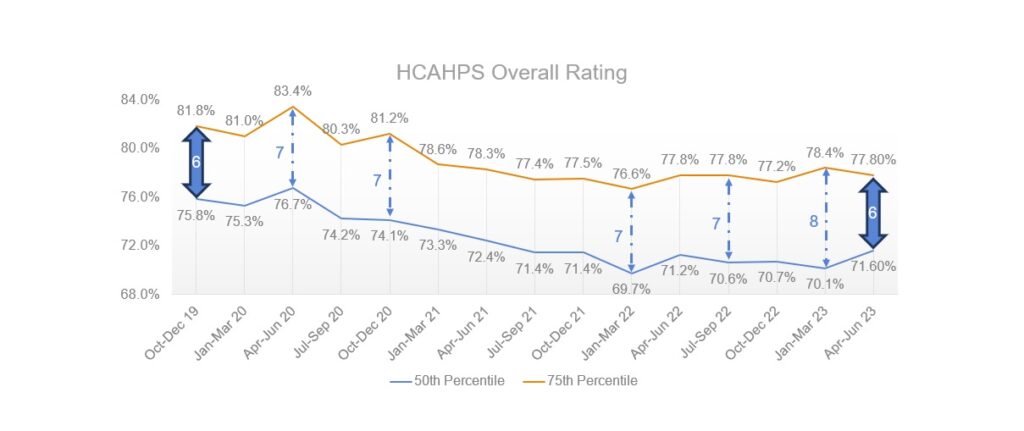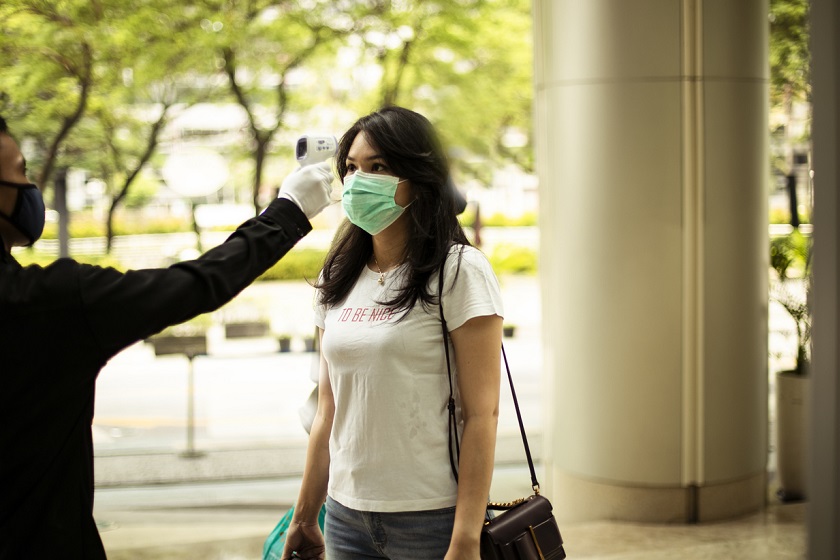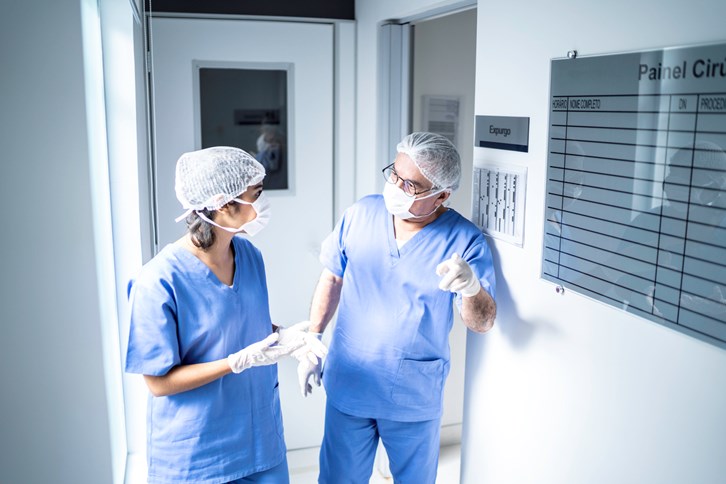Jan Gnida CPXP and Katie Owens, MHA, CPXP, join us on the Healthcare Experience Matters Podcast this week as we examine the interesting shifts in data within patient experience trends since the start of the pandemic.
Jan is the Senior Vice President of Research Operations for PRC, and this is her first time joining our podcast. Katie is a familiar voice to our podcast listeners and joins us once again for today’s discussion. She currently serves as President of the Healthcare Experience Foundation (HXF).
Jan and Katie’s extensive experience and firsthand knowledge of the research shed light on the evolving landscape of patient experiences in healthcare since the pandemic’s onset in early 2020.
For those looking to see the graphic showing the research that we covered in today’s discussion, make sure to view the YouTube broadcast of our podcast here.
Three key insights we have uncovered through the ongoing research between PRC and HXF to monitor the trends in patient reported experience of care measures, as reported through the HCAHPS (Hospital Consumer Assessment of Healthcare Providers and Systems Survey):
- Patient experience results have not returned to pre-pandemic performance levels.
- Patient experience performance is more volatile than in the decade prior to the pandemic.
- The key drivers of patient experience — teamwork, safety, staff courtesy and respect — are enduring.
Back in 2020, hospitals and healthcare organizations were uncertain about whether they should even continue gathering patient experience data, considering the unprecedented circumstances.
However, they quickly discovered that patients were more accessible for feedback during the early stages of the pandemic. With more people staying at home, response rates increased as individuals had time to engage with feedback about their healthcare experiences.
By and large, patients expressed appreciation for the dedication of healthcare workers during these challenging times. Patients showed gratitude and recognized the commitment and hard work of healthcare workers, especially in the face of such an unprecedented threat to their own safety.
As time ticked on and the pandemic continued, patient experience scores started to decline, as we learned from the research.

The exhaustion and stress experienced by healthcare workers, coupled with the public’s growing fatigue with pandemic restrictions, contributed to the decrease in patient experience scores.
A notable trend was the widening gap between high-performing hospitals and those in the middle of the pack. High-performing organizations weathered the storm better, but the middle-tier institutions experienced more significant declines in patient experience scores.
Interestingly, the gap between these groups seemed to stabilize in the first quarter of 2023, indicating a potential shift in the landscape (as shown in the graphic above).
Safety, a key aspect of patient experience, gained prominence during the pandemic. Patients paid more attention to cleanliness and safety measures within healthcare facilities. The use of certain words and communication strategies also played a vital role in ensuring patients felt safe and cared for.
Maintaining these behaviors moving forward to demonstrate a commitment to patient safety will be key for healthcare institutions, as discussed in today’s conversation.
Despite the unpredictability in patient experience data trends, some behaviors have remained consistently important to patients. This includes teamwork, a sense of safety, and courteous and friendly interactions with healthcare staff.
These are enduring aspects of a positive patient experience.
Looking ahead, healthcare organizations must continue to focus on patient-centered communication and behavior. Implementing strategies like CARES Connect can make a significant impact on patients’ perceptions of care safety.
The podcast discussion concludes with a note of optimism, hoping for a future where patient experience scores rebound and remain stable. The research findings have provided valuable insights into the ever-evolving healthcare landscape, emphasizing the importance of adapting to change and sticking with some of those timeless foundations of a positive patient experience.
More HX Matters Podcasts
Our podcast is dedicated to transforming the health care experience so that every person can receive and deliver the best care.
You can subscribe to our podcast for free on all major podcast platforms and for video of our interviews, you can always check out the Healthcare Experience Foundation (HXF) on YouTube. Catch up on all episodes of our podcast by subscribing and following us on Apple Podcasts, Spotify, Stitcher, Amazon Music and more.
-

Meet Jan Gnida, CPXP
Senior Vice President, Research Operations
Jan is Senior Vice President, Research Operations with PRC. Jan joined PRC in 1994 as a Project Manager and has vast experience managing multiple types of patient experience research. She is recognized as an expert in government surveys where she helps clients navigate accountability requirements associated with healthcare reform. Her outstanding organizational skills, expertise in managing workflow, encyclopedic knowledge of legislative requirements, and superior ability to translate client needs into PRC processes led to her selection as PRC’s Consumer Assessment of Healthcare Providers and Systems (CAHPS) Director in 2005, then to Director of Patient Experience & Government Surveys, and on to her current role as PRC’s Senior Vice President, Research Operations. Jan earned a Bachelor of Arts in English and Sociology from the University of Iowa, graduating summa cum laude. In addition, she has earned Lean certification from the University of Michigan’s College of Engineering.
Connect with Jan Gnida, CPXP



